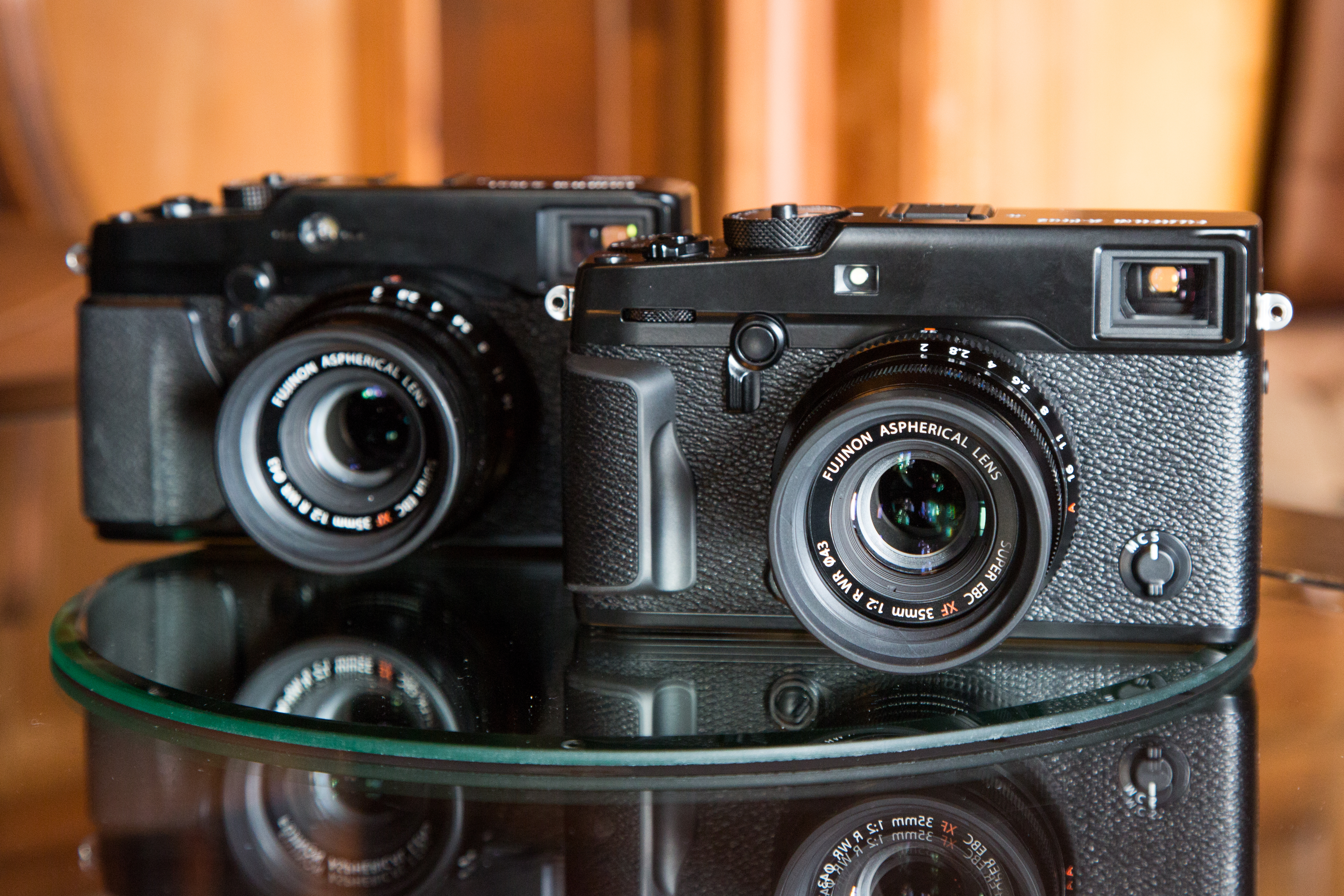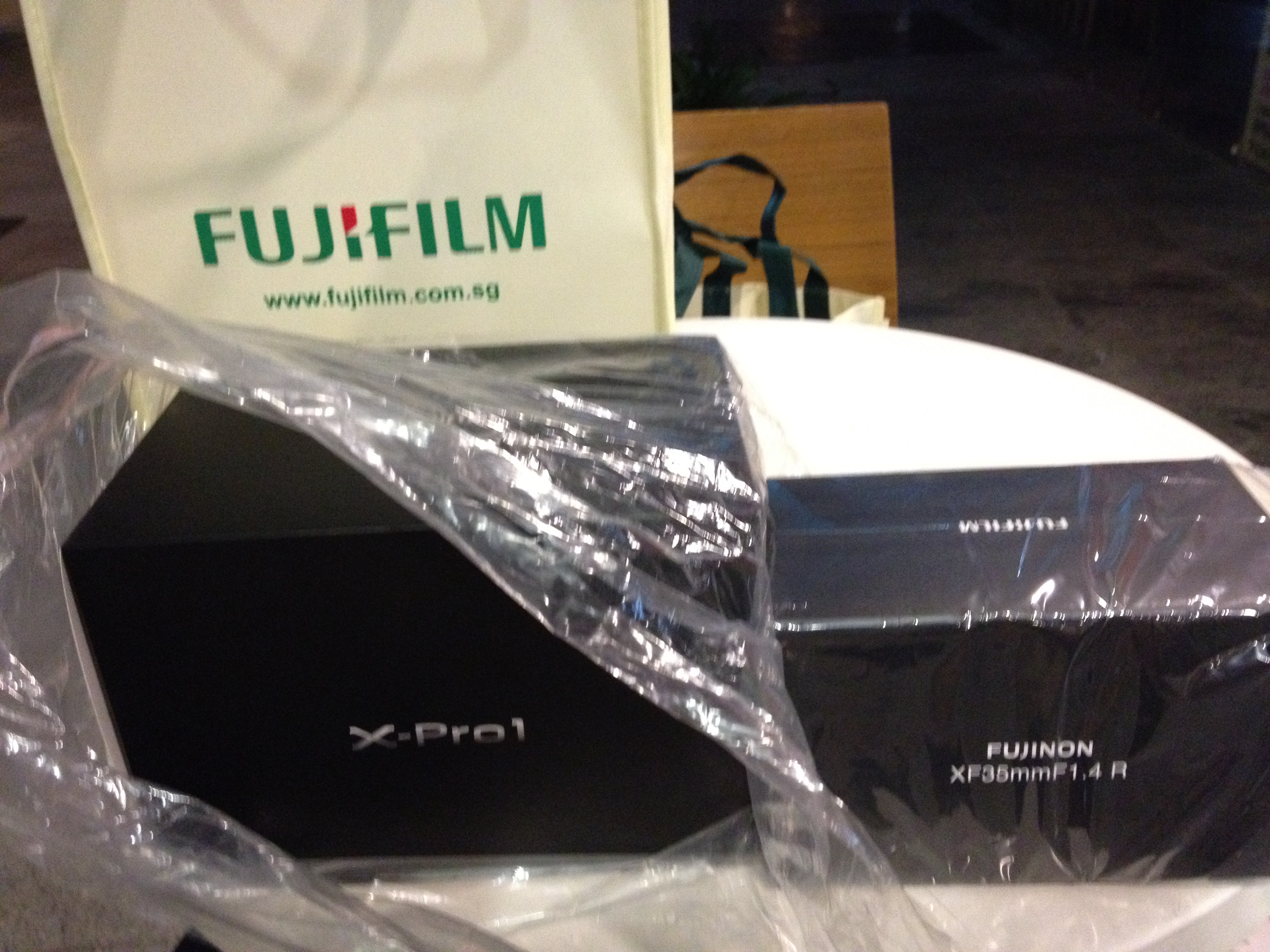


The LCD is a 3.0-inch RGBW (White) LCD monitor with 1,230,000 dots that offers 100% coverage. I couldn’t find what kind of metal, but it feels very sturdy when I attach lenses to it. The optical viewfinder glass is amazingly sharp and of the highest quality. The buttons and dials on the back are of very high quality plastic that make the camera feel like an expensive piece of kit. They have a lovely mechanical feel just as I like and are not flimsy. The dials on the top part of the camera body are metal and feel perfect to the touch. The Fujifilm X-Pro1 body is made from die-cast aluminium alloy. Its weight doesn’t annoy me, unless I have to run. When I am not using the X-Pro1 it lives inside my Camslinger around my waist. The Fuji’s weight isn’t annoying and sometimes when I am totally in the zone, I don’t feel it hanging from my neck at all! Fortunately Fujifilm does provide a moderately good kit camera strap that is quite comfortable. Particularly when equipped with a small lens, such as the XF27mm F2.8 pancake or the XF18mm F2.0 R, the Fujifilm X-Pro1 manages to pass unnoticed, making Street Photography a pleasant experience. In the streets it is unobtrusive and when it is noticed it is usually mistaken for a vintage film camera. Surprisingly, when I held it in my hands for the first time I remember that it felt much smaller than what I thought it would when I looked at it in magazines and on various online reviews. So it isn’t as small as a compact camera but not as big as a DLSR. The Fujifilm X-Pro1’s dimensions are 139.5 x 81.8 x 42.5 mm (5.5 x 3.2 x 1.7 in.) and weighs 450g (15.9 oz.) including the battery and the memory card. During this review I will discuss the X-Pro1’s size & weight (portability), build quality, handling, performance, features, low light performance, image quality and value.
#Xpro 1 reviews free
If you would like me to add anything to this post after you have read it, please feel free to make suggestions in the comments at the bottom of the page. I plan to write separate reviews about X-Mount lenses in the future.

So, what you will read below is purely my personal opinion about the Fujifilm X-Pro1 for Street Photography and nothing more.ĪTTENTION : This is going to be a review about the camera body only, not the camera body and the XF18mm F2.0 R lens that you see attached in the photos.
#Xpro 1 reviews professional
I am not a camera expert – anything I know about cameras is from personal experience, as I am not a professional camera guru. It is a completely personal point of view. The Fujifilm X-Pro1 for Street PhotographyĪs with the previous reviews we wrote, this review is going to be from a Street Photographer’s perspective. Despite any quirks this camera may have it is still a wonderful work of engineering that produces some of the most amazing files one could hope for.
#Xpro 1 reviews how to
There are numerous reviews about it all over the web, and countless YouTube videos and tutorials on how to get best results from its focusing system. Some praised it for what it had to offer, others gave it a serious beating because of its really bad AF performance. Today, we will review a camera that was talked about by many when it first hit the market. Both those reviews are highly recommended because they are from a Street Photographer’s perspective. In the past we have written a review about the wonderful Ricoh GR for Street Photography and the powerful Canon 6D for Street Photography. It is time for another camera review for Street Photography! This will be the 3rd camera review we have done so far.


 0 kommentar(er)
0 kommentar(er)
